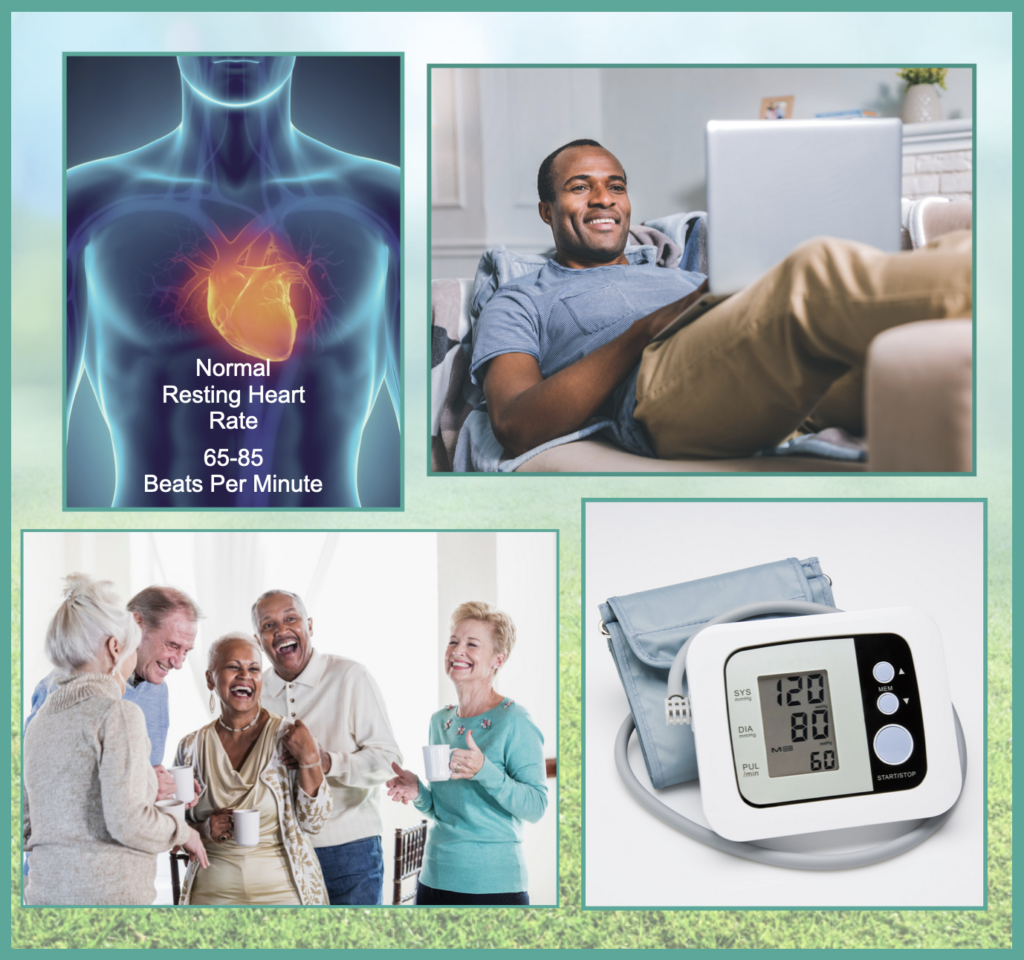
What is Neuroception?
Neuroception is the subconscious detection
of cues of safety or danger.
It is a term coined by Dr. Stephen Porges,
the developer of the SSP Protocol.
This “detection” happens BELOW THE THINKING PARTS OF OUR BRAIN, and it is OUT OF OUR CONSCIOUS CONTROL. Think of a baby that coos in the presence of a caregiver but may cry in the presence of a stranger. This unconscious detection of safety or threat can come from:
- Inside our bodies (e.g., our hearts, our lungs, our viscera).
- Outside in the environment around us, or . . .
- In the relationship between ourselves and others.
When there is a NEUROCEPTIVE MATCH our neuroceptive system ACCURATELY answers these questions at any given moment in time:
Am I safe? Or am I in danger?
When the cues we are receiving “match” the reality of the present moment, and our Autonomic Nervous System is functioning well, we will automatically move into the autonomic nervous system state that matches the present moment.
If we are, in fact, safe . . . If we are not being threatened in any way, we will automatically move into a ventral vagal state. (We will feel calm; we will be aware and thinking clearly; our muscle tone will be relaxed; we will be interested and curious; our breath will be deep and full; our heart rate and blood pressure will be normal/regulated).

If we are in fact unsafe -- if we are, in fact, being threatened in some way -- our ANS will automatically move us into one of the following states:
A Sympathetic Defense State
- Fight or Flight
- Hyper-Freeze / Rigid Freeze
Heart-rate and blood pressure elevated; chest breathing; increased muscle tension; eyes dry; eyelids tense; frontal cortex may or may not be accessible.
 |  |
Deer in the headlights; very fast heart-rate; blood pressure significantly high; eyes very dry; may be hyperventilation; frontal cortex likely inaccessible.

A Dorsal Vagal State
- Hypo-Freeze / Flaccid Freeze
Immobilized, shut down, and withdrawn; fatigued and depressed; inability to motivate; slow/delayed reactions; very low heart rate; blood pressure low; eyelids drooping; fixed gaze; may be too dissociated to feel anything; contact with self & others impossible; frontal cortex is inaccessible.
 |  |
Life isn’t such that we ALWAYS want to be in a ventral vagal state. Sometimes a “survival state” fight, flight, or freeze, is exactly what the situation calls for. However, sometimes the cues coming from our neuroceptive system, DO NOT MATCH the reality of the present moment.

What happens when there is a Neuroceptive Mismatch?
Possibility #1
One is unable to calm defense reactions even in safe environments. Our autonomic nervous system activates a habitual protective response pattern (e.g., fight, flight or freeze) despite the fact that we “know” intellectually that we are in a safe environment and/or with a safe person.
We become hypervigilant and remain in an “alarm” state. The environment, in reality, IS safe, but our neuroceptive system doesn’t take in those cues of safety so we cannot find our way back into a ventral vagal state. We cannot relax and “breathe easy” so to speak — even when we are in a safe environment with safe people. We don’t have enough access to our frontal cortex to notice the mis-match . . . and name it . . . pause long enough to do something different – so that we can neutralize this habitual protective response, rather than go deeper into the habitual protective response.
Possibility #2
One’s Neuroception does NOT signal danger even when there IS actual danger. One’s awareness is dulled/limited. So, one doesn’t notice the cues of danger. In these instances, our natural defenses (fight or flight) do not come into play. Our sympathetic survival state does not activate even though we are, in fact, in a risk environment. Here too, we are unable to find our way back to the ventral vagal state. And too, we don’t have enough access to our frontal cortex to notice the mis-match, name it, pause enough to recognize/become aware of, the cues of danger, and allow our autonomic nervous system to do its job — to mobilize for defense.
What the SSP PROTOCOL can do, with the guidance and support of a trained therapist, is help us move in the direction of GREATER NEUROCEPTIVE MATCHING
Our neuroceptive system begins to ACCURATELY access safety or danger. We receive cues of safety, when we actually ARE safe. And we receive cues of danger, when we actually ARE in danger!
